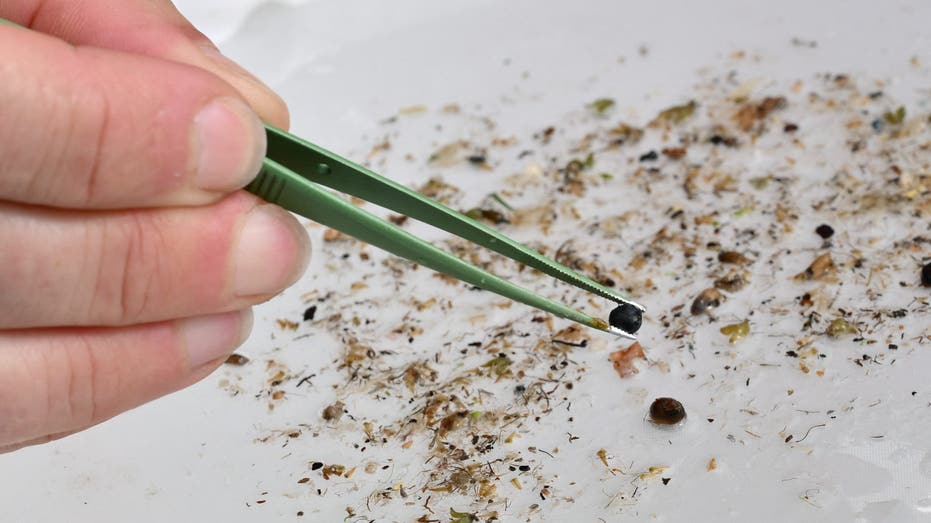Brain Plastic Panic: How Sensational Headlines Undermine Trust in Safe Materials

Sarah Johnson
July 5, 2025
Brief
Sensational headlines about 'brain plastic' mislead the public, undermining trust in safe materials like PET. Science lacks standards, and clarity is needed over clickbait.
Let’s cut through the noise: earlier this year, a headline screamed that we’ve all got a spoon’s worth of plastic in our brains. It was the kind of sensational claim that lights up social media and fuels late-night worries. Based on a study from a prestigious journal, it spread like wildfire. But here’s the kicker—hardly anyone noticed the follow-up. Experts pointed out a glaring issue: the study’s equipment struggled to differentiate plastics from other materials, likely leading to false positives. In plain terms, the science behind the scare might be more fiction than fact.
The bigger problem? There’s no global standard for detecting or measuring microplastics. Without consistent methods, studies can misidentify particles, and we’re left with unreliable data. The FDA itself has weighed in, noting that the science isn’t advanced enough to assess real risks to human health from microplastics in food. Yet, instead of clarity, we get drama-driven headlines that muddy the waters.
Make no mistake, microplastics are real. They’re in our environment—from tire dust to synthetic fibers—and possibly in our bodies. But presence doesn’t equal panic. The FDA has been clear: there’s no evidence that current levels pose a health risk. So why the hysteria? Because clickbait trumps nuance every time.
This rush to judgment is dangerous. Take PET plastic, used in water bottles and medical supplies. It’s one of the safest, most tested materials out there, approved by global regulators. It’s also sustainable—producing far fewer greenhouse gas emissions than glass or aluminum alternatives. PET helps keep food safe, reduces waste, and supports modern healthcare. Yet, public trust in it is eroding, not because the science has changed, but because fearmongering headlines have.
We need action, not alarmism. Regulatory agencies must standardize microplastics research to ensure reliable, comparable results. Only then can we have an informed conversation. Plastic pollution is a real challenge, and industry and society alike must invest in better design, recycling, and research. But progress starts with facts, not flashy soundbites. The public deserves the truth, not just a good scare.
Topics
Editor's Comments
Well, folks, it seems we’ve got a new villain in town: a spoonful of brain plastic! But before we all start wearing tinfoil hats to keep the microplastics out, let’s remember that the science here is shakier than a house of cards in a windstorm. Maybe the real plastic problem is how easily we swallow these half-baked headlines. How about we recycle some common sense instead?
Like this article? Share it with your friends!
If you find this article interesting, feel free to share it with your friends!
Thank you for your support! Sharing is the greatest encouragement for us.



